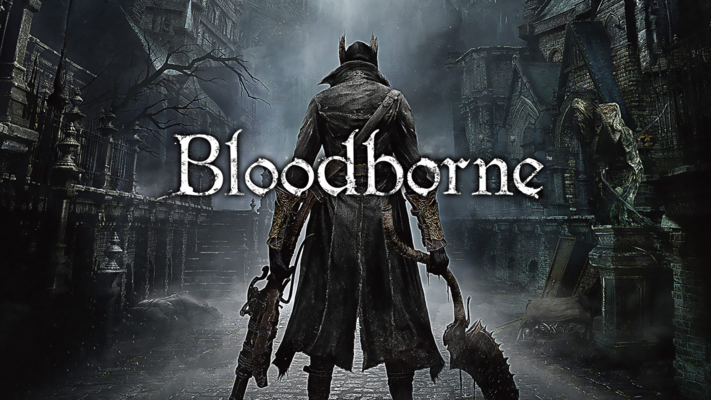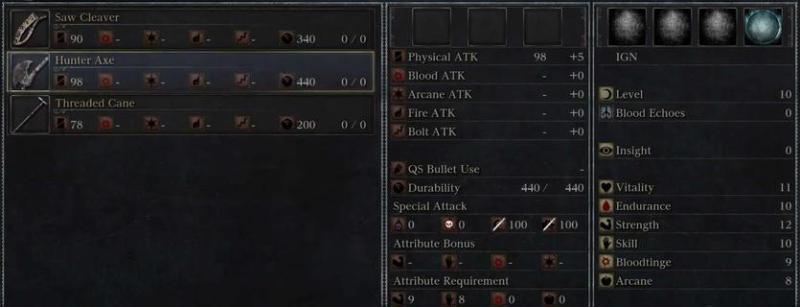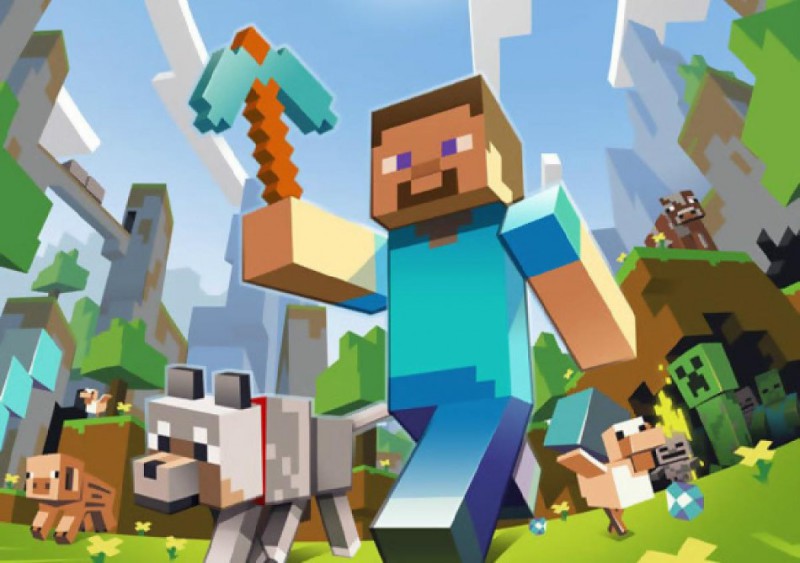
I know what you’re thinking, but that title isn’t crazy. Not completely anyway.
While we as designers strive every day for good design, trying to simplify our interfaces and create something that will make our users’ lives painless and easy, there are designs out there of all shapes and sizes that eschew our holy tenets. Not only do these designs have bad UX seemingly on purpose, but people actually seem to prefer them that way.
I can tell you probably don’t believe me, so let’s dive into some examples.
Press Start
One industry where what is often considered ‘bad UX’ can actually enhance the experience is video games. Take the recent Bloodborne, a title that Sony Entertainment was hoping would be the exclusive saving grace for their console, the Playstation 4.

Having played the game, I can tell you it’s hard. I mean it’s really challenging and it really likes to kick your ass as a player. There is no hand-holding introductory tutorial, usually vital to immerse the player into the world and become comfortable with its gameplay and elements.

The inventory interface, a way of viewing the items, weapons and other paraphernalia you’re carrying, is dense, obtuse and somewhat difficult to navigate, and it took me a good five minutes (plus a Google search) to figure out how to put a weapon in my character’s hand. There’s also no pause button, so you can be killed at any moment for making a quick trip to the bathroom.
Little is explained and revealed, and it’s up to the player to find things out for themselves in this harsh environment. While this might be a traditional UX no-no in every sense, the game currently holds a review rating in the 95th percentile and is adored by legions of fans, becoming a beacon of success in the relative storm of Sony Entertainment’s future.
8-Bitsy
Then there’s the juggernaut Minecraft. I doubt I need to give an introduction to something that has become a cultural icon, but few, if any, players have commented on how bad the UX in this game actually is.

Again, there is almost no introduction to the world in which the player is dropped, and although the potential for creation and discovery is almost endless there’s no way a new player would know this without first hopping onto Google and hunting down an extensive walkthrough.
Even as you progress in the game, more complex systems, tools and items require more and more Googling, in turn requiring more effort from the user. And yet, as many know, Minecraft is easily one of the most popular games in the world, has entered into pop culture and was recently sold to Microsoft for $2.5 billion.
What exactly is going on here?
Complex Systems
This phenomenon is not unique to video games, of course. Enter into a pilot’s cockpit or walk through a submarine and you’ll see interfaces that are absolutely riddled with possibility and margin for error. And, unlike in a video game, making mistakes with these is a lot more serious.
Granted, the machinery that’s being operated here is just more complex. There are more things to keep track of as a pilot, either in a plane or submarine, including things like altitude (or depth), speed and pressure. What this means is that those who use these interfaces require extensive training in order to make sense of all of it.

Don Norman’s book, Living with Complexity, touches on this in its opening chapter. Looking at the image above as a layperson, you or I would have a hard time trying to make sense of all that mess, but to a trained pilot the system is obvious and organised. It makes sense to them.
This is not so different from the video games mentioned above, which also require the user to be “trained” or experienced in order to play effectively.
Why So Popular?
So why are these interfaces so popular? What makes people perfectly happy, even excited, about using such obtuse systems, with no one attempting to “fix” them?
The answer isn’t always so straight forward. Certainly, particularly within the case of video games, there’s an element of community that comes from understanding these systems. Go online and you’ll find plenty of like-minded individuals who are sharing information and tips on these games, creating social interactions in the process. Talk to an airline pilot and you’ll know there’s a network of people helping each other out, almost like a “club”. Same goes for a submarine pilot (in this case, spending weeks underwater with a few people in a confined metal tube probably helps in making lasting social connections).
In other instances, the sense of discovery and learning is actually what drives users. This is definitely the case with video games like Minecraft, which thrives on users learning and experimenting in order to create wondrous things. Programming is another example of this; beginner developers feel more and more empowered as they grow in their discovery of the subject, even though the interface of code is anything but user-friendly.
Conclusion
There are many systems and interfaces out there that are initially difficult to grasp and filled with the opportunity for error. They range from video games geared at kids to the control panels of tubes that carry many people through potentially dangerous environments, and yet people are perfectly comfortable with them (or even love them).
Part of the reason for this is the sense of community and social connection that comes out of this obtuseness, part of it is the feeling of empowerment and growth that comes from mastering something initially difficult.
Either way, these interfaces in many areas and fields are not going anywhere any time soon, and they serve as a really good reminder that sometimes, and only sometimes, bad UX can be good.
Byron Houwens is a designer and developer who enjoys focusing on front end technologies and UX. He currently works as a front end developer in the burgeoning edtech environment, and lives in sunny Cape Town, South Africa.

